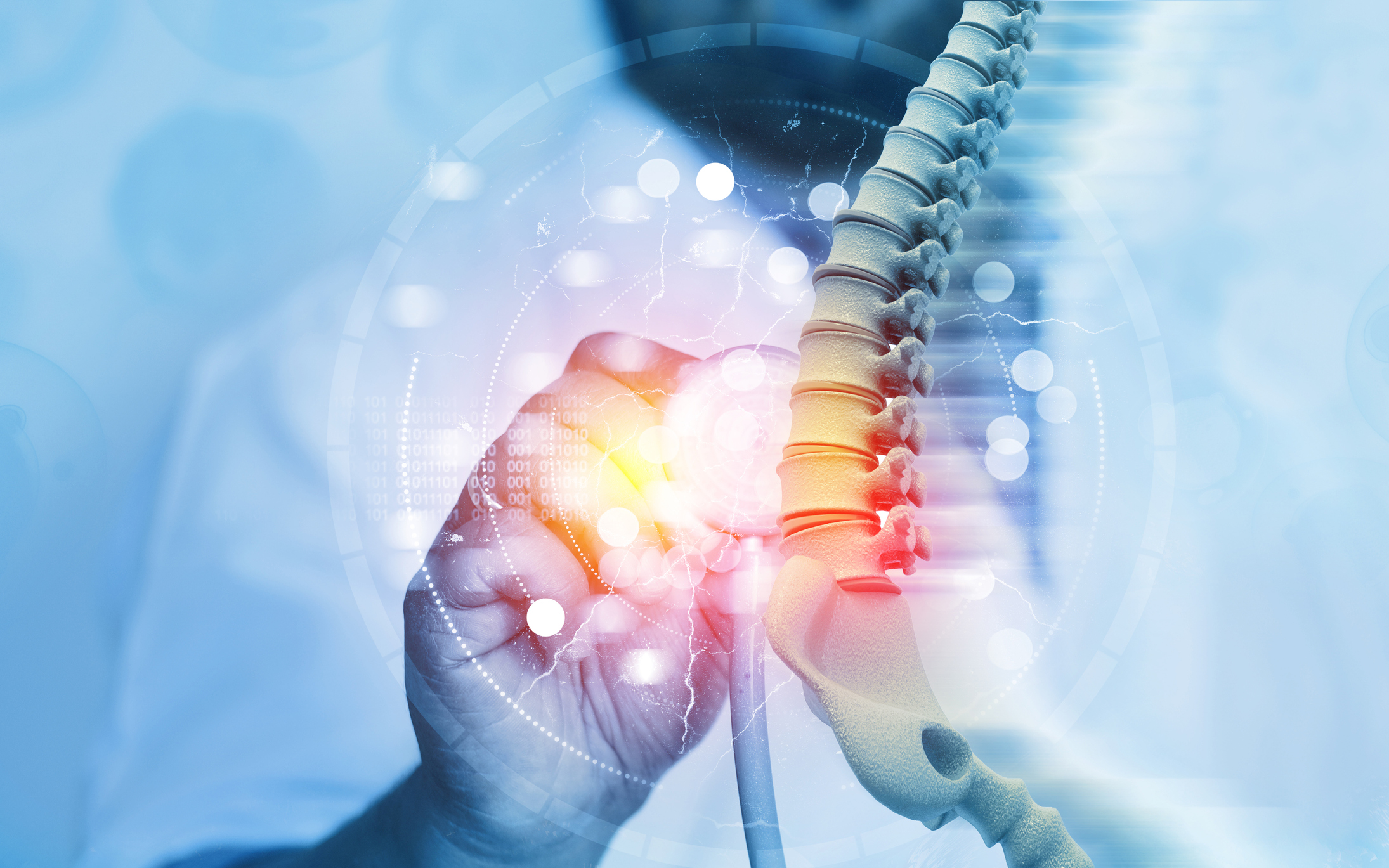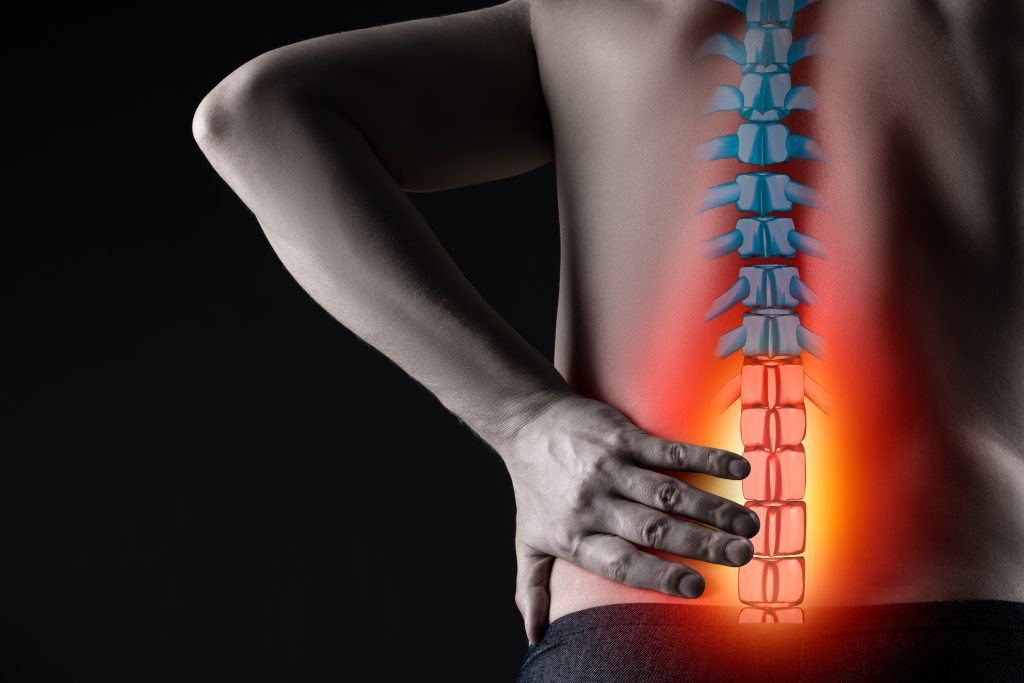What Are the Types of Sciatic Nerve Pain?
Updated:

Sciatic nerve pain, often referred to as sciatica, is a common and often debilitating condition that affects millions of people worldwide. For both acute and chronic pain sufferers, understanding the different types of sciatic nerve pain is crucial for effective treatment and management. This blog post aims to shed light on the various forms of sciatic nerve pain, their causes, diagnostic methods, and treatment options. If you’re struggling with persistent pain or seeking to help a loved one, this guide offers valuable insights into managing and alleviating sciatic nerve discomfort.

Introduction to Sciatic Nerve Pain
Sciatic nerve pain originates from the sciatic nerve, the largest nerve in the human body. It runs from the lower back, through the hips and buttocks, and down each leg. When this nerve becomes irritated or compressed, it can cause radiating pain, tingling, numbness, or weakness in the legs. Sciatica is not a condition but a symptom of an underlying issue.
Understanding the different types of sciatic nerve pain is essential for proper diagnosis and treatment. With the right information, chronic pain sufferers can find effective ways to manage their symptoms and improve their quality of life.
Common Types of Sciatic Nerve Pain
Disc Herniation
One of the most common causes of sciatica is a herniated disc or disc protrusion. When a disc in the spine ruptures or slips out of place, it can press on the passing nerve roots, including the main origins of the sciatic nerve itself. (The sciatic nerve is formed in the buttock by principally the L5 and S1 nerve roots after leaving the spinal canal). This pressure on the nerve root in the spinal canal causes inflammation, which in turn causes symptoms of pain that radiates from the lower back through the buttock and down the leg, usually on one side. Symptoms often include sharp or deep aching pain, tingling (pins & needles), numbness (loss of sensation) and muscle weakness – usually in the foot (foot drop).
Piriformis Syndrome
Piriformis syndrome occurs when the piriformis muscle, located in the buttocks, spasms after exercise or becomes inflamed and compresses the sciatic nerve itself. This condition can cause similar symptoms to a herniated disc, including buttock tenderness, pain, tingling, and numbness in the buttocks and down the leg. It is often caused by repetitive movements or prolonged sitting in susceptible individuals.
Spinal Stenosis
Spinal stenosis is a condition where a portion of the spinal canal narrows, putting pressure on the lumbar spinal nerves. This narrowing can be due to common age-related changes, arthritis, or other factors. Sciatic nerve pain resulting from spinal stenosis often worsens with standing or walking and improves when sitting or leaning forward.
Less Common Types of Sciatic Nerve Pain
Sacroiliac Joint Dysfunction
The sacroiliac (SI) joint connects the base of the spine to the pelvis. Dysfunction in this joint can cause pain that mimics sciatica, as it is located just behind the sciatic nerve in the pelvis. SI joint dysfunction is often caused by injury, pregnancy, or arthritis, leading to pain in the lower back, buttocks and legs.
Degenerative Disc Disease
Degenerative disc disease is a condition where the spinal discs lose volume due to dehydration of the proteins in the disc over time. As the discs lose their cushioning ability, they can become inflamed themselves causing back pain which can radiate down the back of the leg like nerve root pain. This type of sciatic pain is called “referred pain” because it is generated in the back but felt in the leg. It is often chronic and can flare up with certain activities or movements.
Diagnostic Tools and Methods
Accurate diagnosis is vital for effective treatment of sciatica. Various diagnostic tools and examination methods can help identify the specific type and cause of the pain, so patients receive the most appropriate care.
Importance of Accurate Diagnosis
Without a precise diagnosis, treating sciatica can be challenging. Misdiagnosis can lead to ineffective treatments and prolonged suffering. Therefore, it is imperative to consult healthcare professionals who can accurately identify the root cause of the pain.
Common Diagnostic Tests
Several diagnostic tests are commonly used to pinpoint the source of sciatic nerve pain. These include:
- Physical Examination: A thorough physical exam can help identify the location and severity of the pain. From certain clinical signs an expert spinal surgeon will have a good idea of what is causing the problem and arrange tests to confirm the diagnosis or investigate further, with a view to treatment.
- Imaging Tests: MRI and CT scans provide detailed images of the spine and surrounding tissues, helping to detect issues like herniated discs or spinal stenosis.
- Nerve Conduction Studies: These tests measure the electrical activity of nerves and muscles in the legs helping to identify nerve dysfunction or in rare cases, an underlying neurological condition such as sensory neuropathy.
- Ultrasound scans: These can reveal buttock tendinitis or other issues such as trochanteric bursitis.
Treatment Options for Sciatic Nerve Pain
Treating sciatic nerve pain involves a combination of general and specific approaches tailored to the underlying cause. The goal is to relieve pain, improve function, and prevent future episodes.
Specific Treatments Tailored to Each Type
Effective management of sciatica often requires treatments specifically designed for the underlying cause. Understanding the precise origin of the pain allows for a targeted approach, addressing the root issue rather than merely alleviating symptoms. Here are some specific treatments tailored to each type of sciatic nerve pain.
Medications
For more severe pain, prescription medications may be necessary. These can include strong anti-inflammatory drugs, prescription opiate medication such as codeine or tramadol, and sometimes neural modulators such as gabapentin or pregabalin to manage nerve pain.
Physical Therapy Exercises and Stretches
Physical therapy is an important initial component of treating sciatica. Therapists can design personalised exercise programmes that strengthen the muscles supporting the spine with symptomatic support from massage, ultrasound therapy, trigger point therapy, or acupuncture. 90% of cases of sciatica due to a trapped nerve get better naturally with this approach in 6 weeks. Beyond this time however, it is less likely to improve, or if symptoms are severe, early consultation with a spinal surgeon is recommended to escalate treatment.
Injections
In some cases, steroid and local anaesthetic injections are recommended to reduce inflammation around the nerve roots. These injections are simple, safe and permanently effective in 70% of patients when performed by a specialist. They can then allow patients to re-engage with physical therapy more effectively and return to their normal gym routine or professional sport.
Surgical Interventions
Surgery is usually considered a last resort when conservative treatments fail to provide relief. Common surgical options include discectomy (removal of the herniated portion of a disc) and decompression (removal of part of the vertebrae to relieve spinal stenosis).
Alternative Therapies for Sciatica
In addition to conventional treatments, some patients find relief through alternative therapies. These approaches can complement medical treatments and offer holistic ways to manage sciatic nerve pain.
- Chiropractic Care: Chiropractic adjustments aim to manipulate or align the spine properly, which can relieve pain with degenerative disc pain, facet joint pain and referred pain or sacro-iliac pain.
- Acupuncture: This traditional Chinese medicine technique involves inserting thin needles into specific points on the body to release blocked energy and reduce pain.
- Massage Therapy: Therapeutic massages can help relax tight muscles, improve circulation, and reduce nerve pressure in piriformis syndrome, contributing to pain relief and improved mobility.
- Mind-Body Techniques: Practises such as mindfulness meditation, biofeedback, and cognitive-behavioural therapy (CBT) can help manage pain by addressing the psychological aspects of chronic back pain conditions due to degenerative discs and arthritis. These techniques teach patients to cope with pain more effectively and can improve overall well-being but are not suitable for patients with treatable sciatica due to a trapped nerve.
Sciatica Prevention and Management
Preventing and managing sciatic nerve pain involves adopting healthy lifestyle habits and implementing long-term strategies to keep symptoms at bay.
Lifestyle Modifications
Making certain lifestyle changes can significantly reduce the risk of developing or worsening back pain or recurrence of a slipped disc. These include:
- Maintaining a Healthy Weight: Excess weight puts additional strain on the spine, increasing the risk of sciatic nerve pain.
- Practising Good Posture: Proper posture, both while sitting and standing, helps maintain spinal alignment and reduces pressure on the sciatic nerve.
- Using Ergonomic Practises: Using ergonomic furniture and equipment can help prevent strain and discomfort during daily activities.
Importance of Regular Exercise
Regular core and cardio exercise is key for preventing and managing sciatica and back pain once the acute painful phase has settled. Engaging in low-impact activities like cycling, swimming, and yoga or pilates can help keep the spine healthy and reduce the risk of flare-ups. These activities promote flexibility, strengthen the core muscles supporting the spine, and improve overall posture. Additionally, incorporating stretching routines and specific static core-strengthening exercises contribute to long-term relief and improved quality of life.
Long-Term Management Strategies
- Stress Management: Stress can worsen back pain by causing tension in the muscles surrounding the spine. Chronic pain can be exacerbated by stress, so incorporating stress management techniques like meditation, deep breathing exercises, or yoga can be beneficial. These practises help to relax the body and mind, potentially reducing the perception of pain.
Conclusion
Understanding the different types of sciatic nerve pain is necessary for effective diagnosis, treatment, and management. By recognising the specific causes and symptoms, chronic pain sufferers can take targeted actions to alleviate their discomfort and improve their quality of life.
If you’re struggling with sciatic nerve pain, don’t hesitate to reach out for professional help. Consult healthcare providers, explore treatment options, and consider lifestyle changes to manage your pain effectively.
Crucially identifying treatable causes of sciatica and back pain such as a slipped disc or sacroiliac dysfunction has a good prognosis with expert intervention!
Why Choose Spine Art for Help with Your Sciatic Nerve Pain?
At Spine Art, we understand the profound impact sciatica can have on your daily life, and we are committed to offering comprehensive, patient-centered care to help you regain your well-being.
For more information and support, visit Spine Art and learn how our experts can help you on your journey to a pain-free life. Contact us today to get started!








